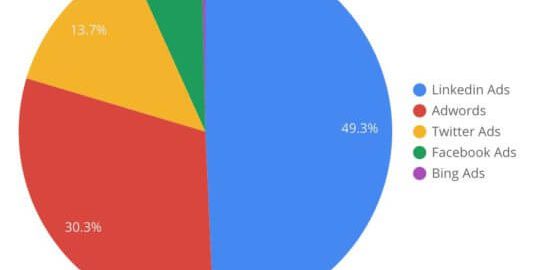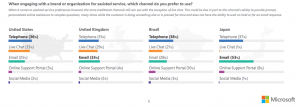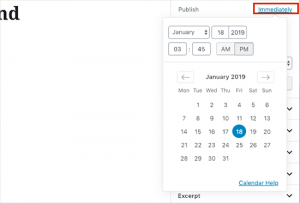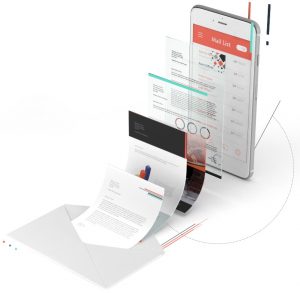How can you prove your value to clients? Contributor Garrett Mehrguth says agencies need to move away from being number-crunchers and instead focus on putting the information into context for clients.

As an agency, we’re in a results-oriented business.
We get paid to deliver upon specific marketing KPIs. In its simplest form, we need to bring the client more revenue and cut their cost per acquisition.
And that difference had better far exceed our own pricing. That’s all clients care about at the end of the day.
Except, that’s rarely what we give them in reports. Instead, we give them every leading indicator or random raw number and expect them to read between the lines.
We assume they grasp the significance of each — even though that’s rarely the case. This reliance on reporting only hurts ourselves at the end of the day.
Here’s why agencies should transition from reporting to analysis — and how you can get your own agency to make such a transition.
Why ‘reporting’ isn’t good enough
Let’s be honest with each other for a second. Most clients have no idea what we do.
I mean, they know the basics. They know the jargon and the buzzwords. They understand everything at a high level.
However, they don’t always get the nitty-gritty details. It’s not always clear what we’re doing Monday through Friday or how we’re spending their money.
That problem only becomes worse when we send over a weekly or monthly report.
We know how to read those link profile metrics. We understand how ranking fluctuations are a leading indicator to traffic and sales. But clients don’t always grasp the significance.
These random raw metrics also can get us off-track. They train clients to care about the wrong things, so they obsess over weekly fluctuations that you can’t control.
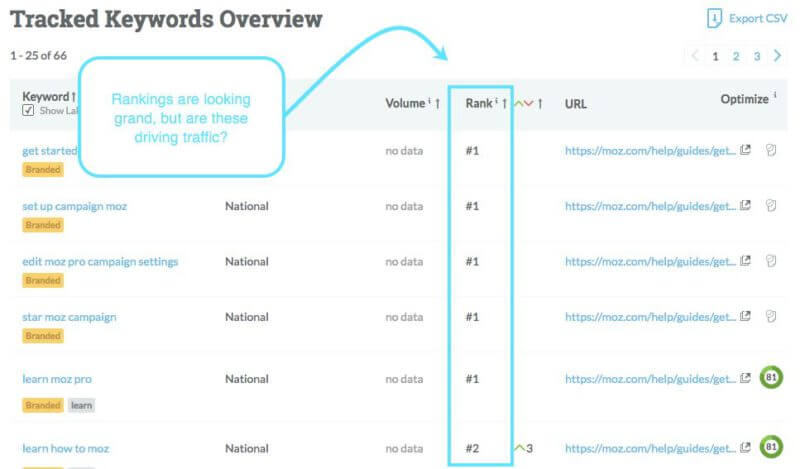
Image source: Moz
To make matters worse, the data we get often lies.
Take A/B tests, for example. You might see a short-term bump with a green button versus a red one. But these minuscule improvements usually don’t last very long. Over time, the conversion lift often regresses back to the mean.
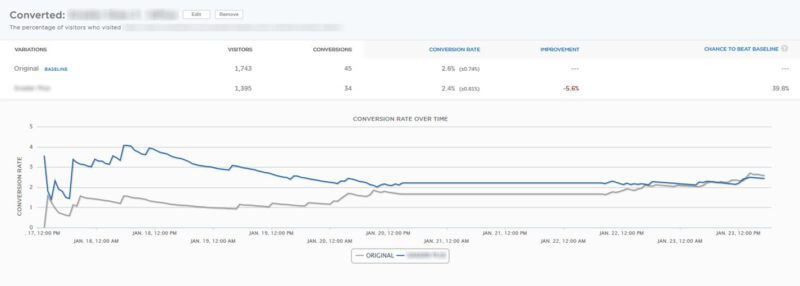
Image source: WordStream
Instead, clients should stay focused on the big-picture stuff and their own internal team and objectives. They want to know what’s working, what’s not, and how we’re going to fix it. They want to know if — and how — all of that is translating into more money for them.
And reporting, too often, doesn’t do any of that. That’s why agencies need to shift their attention towards analysis.
Rather than waste time being number-crunchers, we should focus more on being translators. We personally should review the raw data. But then we should put it into context for clients. We should create a narrative that explains what’s going on and what you’re doing about it.
Clients want to know you understand their priorities. They want to know they can trust you. And the only way to do that is to be their consultant or adviser. Here’s how to do that.
How to scale client analysis
At our agency, we’re working with different search marketing APIs. The raw information in each tool works well for our team members.
But then we can use the API from Moz, Majestic, Google, Bing or SEMrush, for example, to pull all of this information into a database. Once it’s there, we can mold it.
Google’s Data Studio can help you create dashboards to develop the context around these raw numbers. They have ready-made templates to choose from, like this one for Google’s Search Console reports:
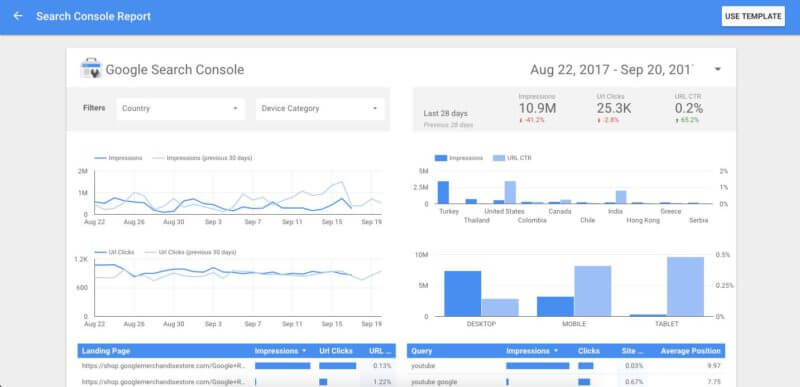
But the best part is that you can pull in database information to do analysis and review correlations. (Remember, correlation does not always equal causation.)
We can then see, for example, how changes at the top of the funnel with a new paid campaign or landing page conversion will influence revenue-based results at the bottom.
The data becomes fluid. More importantly, though, it becomes mostly automated, reliable and in real time.
We can then build sophisticated models that also take into account industry benchmarks, scenario analysis or previous seasonality. You can forecast or predict new results based on prior performance.
It’s not completely automated, unfortunately. However, it does help cut down on the amount of manual data entry or reporting. So our team can spend more time on explaining the nuances to clients and creating recommendations for what to do next.
For example, the top of the funnel might start off pretty basic, like impressions or visits per channel.

But more importantly, we can quickly track how this drives actions further down, like Opportunities by Channel.
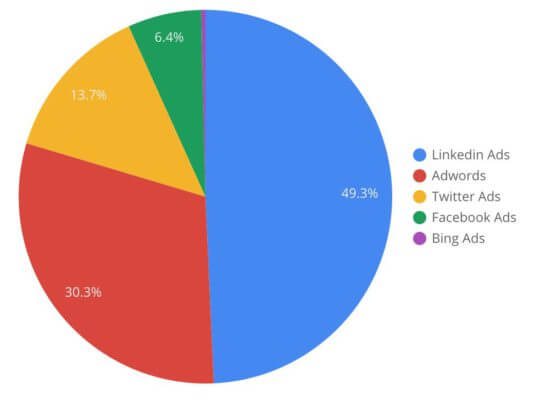
While this is a pie chart, in one simple click, we can do a time-series analysis and view growth or declines over a given period.
And we can continue following these actions down into what truly matters most:
- New closed deals
- ROI
This funnel report is the missing link between what we’re doing on a day-to-day basis and what the client’s end result is.

Better yet, they can instantly see how much money is being brought back in based on those activities.
Now, you can forecast how these changes look based on improvements.
For example, you can run predictions based on what will happen to our traffic if we build more links and answer questions like: “Are these efforts worth it?”
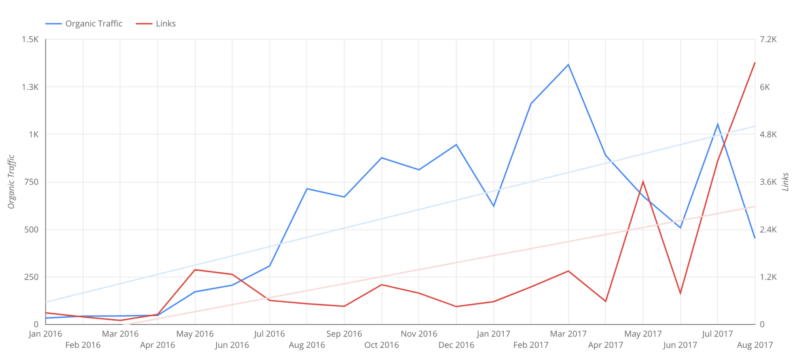
You can use the same approach for revenue models or lifetime value measures. Apply these changes based on the client position over time, and then show the total revenue you’re bringing in over the life of the contract.
It takes a little bit of extra work — it’s not as easy as having an entry-level employee spit out ranking reports.
But providing your clients with a funnel analysis like this is the fastest way to being seen as a partner and not a vendor. It’s the most predictable way to charge value-based pricing, as opposed to cost-plus that barely pays the bills.
And it’s the best way to continually prove your value, month after month, to keep them sticking around for more.
Some opinions expressed in this article may be those of a guest author and not necessarily Marketing Land. Staff authors are listed here.
Marketing Land – Internet Marketing News, Strategies & Tips
(42)
